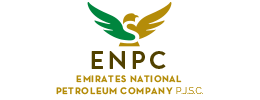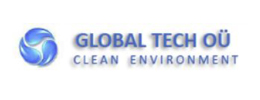Propane (C3)

In refining, propane is typically blended into finished products (LPG and propane for petrochemical feed) to make ethylene or propylene. It is also sometimes used as refinery fuel but this is typically its lowest value end use.
Propane production
Propane comes from many different process units in the refinery, as well as from outside sources such as natural gas plants (from separating NGLs).
Major sources inside the refinery include:
- Atmospheric distillation - All crude oil yields some amount of propane when distilled. Typically, it leaves the distillation tower in a wet gas stream that is sent to the saturated gas plant for separation from lighter gases (methane and ethane) that are then used for fuel
- FCC - In the FCC conversion process, large amounts of C3s are produced, including both saturated propane and unsaturated propylene. Often the unsaturated olefins are separated for use as feed to the alkylation unit
- Coker - Similar to the FCC, the coker conversion process generates mixed C3s containing saturated and unsaturated molecules. However, it is less common for coker C3s to have their olefins separated out
- Reformer - Reformers will yield approximately 5% (by volume) of C3s in the conversion process.
Propane Specification
| CHARACTERISTICS | UNIT | VALUE | TEST METHOD |
|---|---|---|---|
| C₂H₆ and lighter | wt.% | 1.0 Max. | ASTM D2163 |
| C3H8 | wt.% | 98.0 Min. | ASTM D2163 |
| C₄H₁₀ and heavier | WT % | 1.0 Max. | ASTM D2163 |
| Sp. Gr.@(60 °F) | -- | To Be Reported | ASTM D2598 |
| Copper Corrosion | -- | 1 Max. | ASTM D1838 |
| Total Sulfur | ppm(wt.) | 30 Max. | ASTM D6667 |
| Hydrogen Sulfide | ppm(wt.) | Pass | ASTM D2420 |
| Vapor Press@(100 °F) | psig | 200 Max. | ASTM D2598 |















